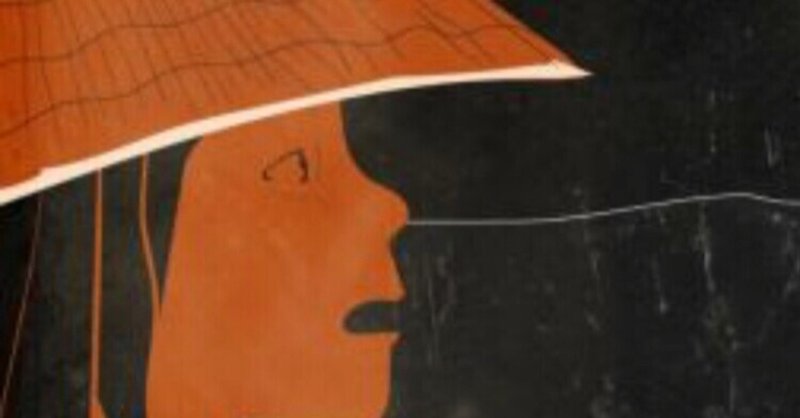
1968 - the year that haunts hundreds of women ⑵
Ly Truong
BBCのライダイハン特集の続きです。前回は韓国軍兵士に強姦されたことから悲壮な運命に左右されたトランさんという女性のインタビューでしたが、今回は別の村での恐ろしい虐殺を目の当たりにした証言です。
元サイト
Shattered lives
打ちのめされた人生
In the same month Tran was giving birth to her first child, 11-year-old Nguyen Thi Thanh’s life was also changing forever.
トランさんが第一子を出産したのと同じ頃、11歳のグエン・ティ・タインさんの人生も大きく変わってしまった。
On the morning of 25 February 1968 Nguyen heard screaming coming from the far side of her village of Ha My - not far from the now-popular tourist town of Hoi An - and saw smoke filling the sky. She ran down the lane to see what was happening. South Korean soldiers were pointing their guns at her. She ran back to the house to tell her mother, Le Thi Tho, that the village was surrounded. “As I finished my sentence they poured into our house.”
1968年2月25日の朝、今では人気の観光地であるホイアンの近くにあるハミ村に住んでいたグエンさんは、遠くから叫び声が聴こえたので、見ると空に煙が充満していた。 何が起きているのだろうと走って向かおうとした。すると韓国兵たちが彼女に銃を向けていた。 彼女はすぐ家に戻って、村が包囲されていることを母親のレ・ティ・トーさんに伝えた。 「私たちに向かって宣言文を読み上げ、彼らは大勢で私たちの家に押し入って来た。」
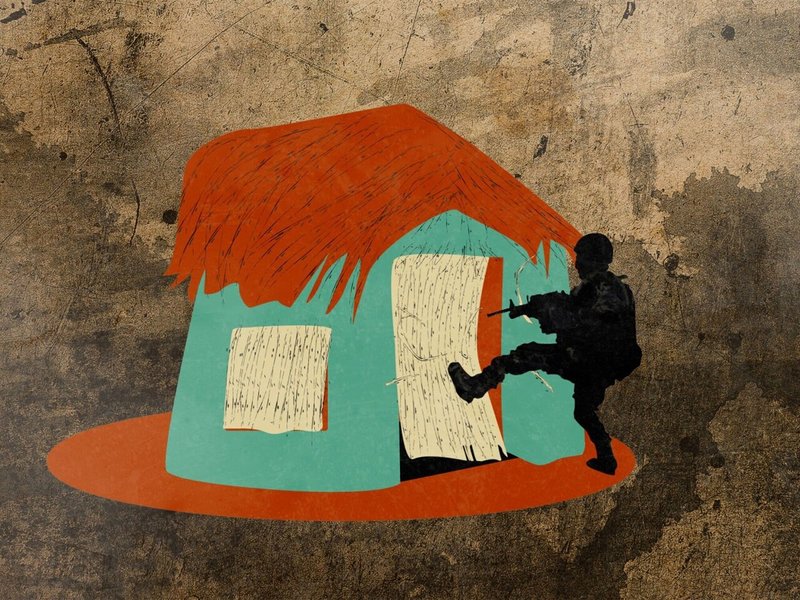
Later reports were to suggest the soldiers were members of the Blue Dragon Division, a notorious South Korean marine corps. They ordered her entire family, along with another woman and her children, and a friend of her younger brother, into the underground shelter in their front yard.
後日の報道により、この兵士たちは悪名高い韓国の海兵隊、青龍師団のメンバーであることが判明した。兵士たちは、彼女の家族全員と、別の女性とその子供たち、そして彼女の弟の友人を前庭の地下壕に連れて行くように命じた。
They threw grenades in after them, killing Nguyen’s aunt and her infant cousin instantly. She says her mother tried to shield her and her brother. “‘We are doomed, my baby,’ my mother cried out." “My whole body was burning and then felt numb... I could see other people’s blood all over me,” Nguyen says.
彼らは家から出る時後方に手榴弾を投げ込み、グエンさんの叔母と幼いいとこを即死させた。彼女の母親は彼女と弟をかばおうとしたそうだ。「『グエン、私たちはもうお終いよ、』と母は泣き叫びました。」 「全身が焼かれ、感覚がなくなっていきました.. 体中が皆の血で覆われているのがわかりました。」とグエンさんは語った。
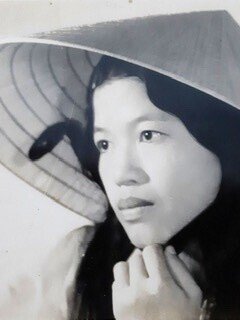
Nguyen Thi Thanh, pictured at 16, five years after the massacre
Nguyen’s eight-year-old brother lost a leg and eventually died of his injuries in hospital. Only Nguyen and one of her cousins, both badly injured, survived, crawling to a neighbour’s for help. She says that the soldiers then burned her house down. “I could hear the popping and crackling sounds from burning bamboo. I smelt smoke, fire.” More than 135 people in Ha My were killed that day, with just a dozen of the villagers surviving, she says.
グエンさんの8歳の弟は片足を失い、結局その怪我が元で亡くなった。重傷を負ったグエンさんといとこだけが生き残り、這って近所の人に助けを求めた。 彼女によると、その後兵士たちは彼女の家を焼き払ったという。「竹が燃えるパチパチという音が聞こえ、煙と火の匂いがしました。」 その日、ハミでは135人以上が殺害され、生き残った村人はわずか十数人だったと彼女は言う。
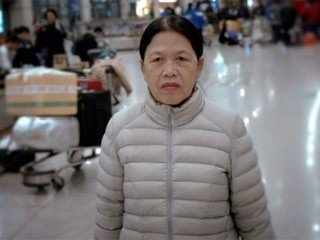
Nguyen Thi Thanh today
Although she says South Korean soldiers had regularly visited Ha My before, looking for Vietcong, she has no idea why 25 February 1968 was different. “We don’t know why they were so aggressive that day. They even killed three and four-month-old babies.”
What is known is that this period marked a turning point in the Vietnam War.
彼女によると、韓国兵は以前からベトコンを探して定期的にハミを訪れていたというが、1968年2月25日だけなぜいつもと違ったのかは分からないという。 「なぜあの日、彼らがあれほど攻撃的だったのか、私たちにはわかりません。3歳の子どもと生後4ヶ月の赤ちゃんさえも殺したのです。」
わかっていることは、この時期がベトナム戦争の転機となったということだ。
In late January of that year the North Vietnamese and Vietcong launched the infamous Tet Offensive - a bloody military campaign against the South Vietnamese, the US and their allies. The retaliations were vicious, the most notorious being the My Lai massacre - the gang rape and mass murder of Vietnamese civilians by US troops in March 1968.
その年の1月下旬、北ベトナムとベトコンは悪名高いテト攻勢を開始した。南ベトナム軍、米軍とその同盟国軍への残虐な血の応酬であった。それに対する報復も非常に残酷なものだったが、中でも酷かったのは1968年3月の米軍によるベトナム民間人の集団レイプと大量殺人事件、マイライ大虐殺であった。
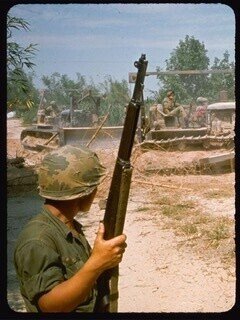
Korean soldiers bulldoze a Vietnamese village, north of Bong Sen
ブルドーザーで家屋を踏み潰す韓国軍兵士たち ボンセンの北の村にて
Nguyen did not witness the immediate aftermath of the killings in Ha My - she was taken to hospital in Da Nang. But her older brother told her he watched as the soldiers returned the next day with tractors to flatten the village, destroying the bodies.
グエンさんは直ぐにダナンの病院へ連れて行かれたので、その後のハミ村での虐殺を直接目撃してはいない。しかし、グエンさんの兄は翌日、兵士たちがトラクターに乗って戻って来て、焼き尽くされた村を遺体ごと平らに踏み潰しているのを見た、と彼女に語ったそうだ。
While there has not been an apology for the atrocities perpetrated by the US during the 20-year Vietnam war, there has been an acknowledgement in the form of reparations and a damning war crimes tribunal. But South Korea’s government, which now has close economic ties with Vietnam, appears unwilling to engage in a review of its role in the war. Seoul sent approximately 320,000 troops in a move analysts say was rooted in a fear of a “domino effect” spread of Communism.
20年に及ぶベトナム戦争中にアメリカが行った残虐行為に対する謝罪はないが、賠償金や戦争犯罪法廷での有罪判決という形で認められてきた。 韓国政府はベトナムと経済的に密接な関係を持つようになったが、戦争での行いを改めて見直すことには積極的ではないようだ。韓国は約32万人の兵士を派遣したが、これは共産主義の「ドミノ効果」が広がることを恐れたからだと分析者は言う。
South Korea’s ministry of defence sent a letter to Nguyen and 102 other survivors last September saying it has no record of any civilian killings carried out by its military in Vietnam and there needs to be a joint investigation by both governments in tandem to check the facts, but that this is currently unachievable.
韓国の国防省は昨年(2019年)9月、グエンさんと102人の生存者に書簡を送り、ベトナムで韓国軍が行った民間人の殺害の記録はなく、事実関係を確認するために両国政府による共同調査が必要だが、現在のところそれは不可能だと述べた。
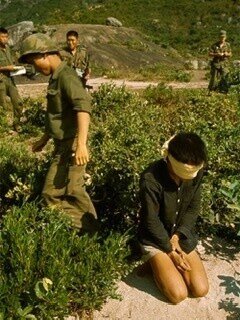
A group of South Korean soldiers with a blindfolded Vietcong suspect
